Failing to plan is planning to fail.
That’s why a business plan is crucial to your business. If you want to make sure that the promising business idea in your head is feasible, you have to start with a business plan.
Visuals make anything easier to understand. That’s why including them in your business plan presentation is a foolproof way to ensure that it’s readily welcomed by your audience and digested without confusion.
By no means is this business plan template limited to presentations; you can also include these diagrams in your business plan documents to make them more readable.
Following are downloadable Simple Business Plan Templates
Contents
- What is a Business Plan?
- Benefits of Using a Business Plan Presentation
- The Key Elements of a Business Plan
- Executive Summary
- Company Profile
- Market Analysis
- Marketing and Sales Strategies
- Organizational Structure and Management
- Services and Products
- Financial plan
- Common Mistakes to Avoid When Creating a Business Plan Presentation
- FAQs About Business Plan Presentations
- Want to Extend the Guide to Creating a Business Plan Presentation
What is a Business Plan?
Let’s start by clarifying the business plan definition.
A business plan is a document that describes your business in terms of what it does, the products and services it offers, your business strategy and business goals, and your action plan outlining how you plan to achieve your goals and earn money.
The main purposes of a business plan are to
- Show the future financial performance of the company and its economic situation for the owners and investors.
- Help identify risks that may affect the growth of the company and provide strategies to overcome them.
- Help make predictions about market trends, competitor behavior, customer requirements and define and prioritize key business objectives.
- Serve as a key resource for developing budgets
Benefits of Using a Business Plan Presentation
Clarity and Communication
A business plan presentation helps you communicate your business idea, goals, and strategies with clarity. It allows you to distill complex information into concise and visually appealing slides, making it easier for your audience to understand and grasp the key points. Presenting your business plan in a structured and organized manner enhances clarity and ensures that your message is effectively communicated.
Engaging and Persuasive
A well-designed and well-delivered business plan presentation can be highly engaging and persuasive. By using visual aids, such as graphs, charts, and images, you can capture the attention of your audience and create a memorable impact. Effective storytelling and compelling visuals can help you convey the value proposition of your business, showcase market opportunities, and convince investors, stakeholders, or potential partners to support your venture.
Feedback and Interaction
Presenting your business plan allows you to receive immediate feedback and engage in discussions with your audience. This feedback can be invaluable in refining your business strategy, identifying potential gaps or weaknesses, and addressing questions or concerns. The interactive nature of a presentation enables you to have a dialogue, gather insights, and build relationships with key stakeholders. It also provides an opportunity to demonstrate your expertise, passion, and confidence, which can further strengthen your credibility and increase the likelihood of securing support or funding for your business.
The Key Elements of a Business Plan
A business plan should contain the following key components.
- Executive summary
- Company profile
- Market analysis
- Marketing and sales strategies
- Organizational structure and management
- Services and products
- Financial plan
Executive Summary
Although this comes first, it’s smarter to write it at the end. The executive summary of your business plan should explain what is great about your business model and its products or services.
It should be concise and appealing to the reader. And it’s easier to write a meaningful summary once you have filled in the rest of your plan.
Company Profile
Your company profile should provide details on,
- Company history
- Overview of the company
- Mission Statement
- Key resources
- Business contact information
- Products or services
- Location details
- The market you serve
- Your key customers
- The customer issue you seek to solve
All these details can be presented in a much nicer way with an infographic like the one below. It’s easier to read and understand and more compact and clearer than paragraphs of detail.
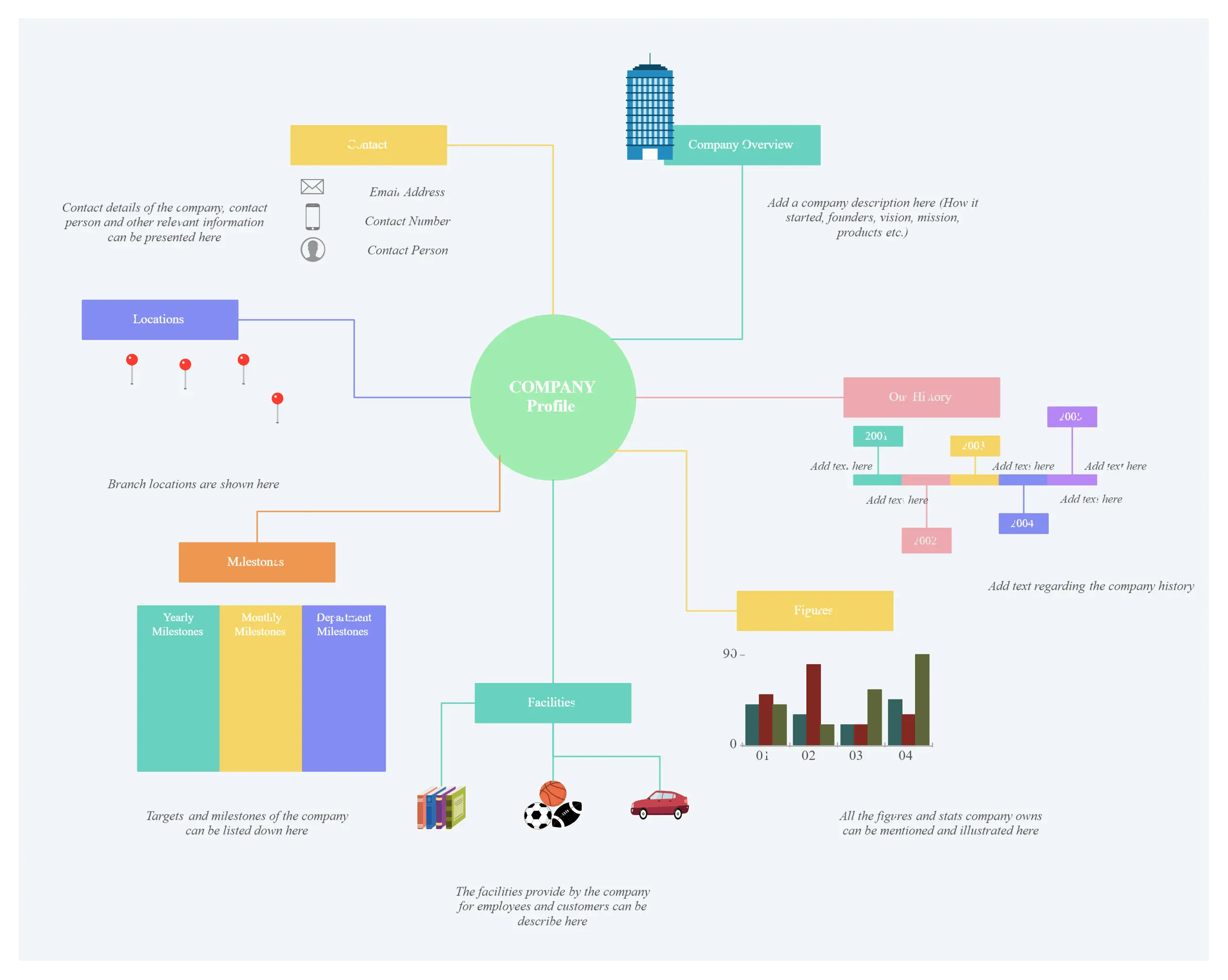
Market Analysis
Through a market analysis, you can find enough detail to define your target market, its size, customer segments, and their needs.
Your market analysis should also include a competitor analysis, where you will research your key competitors in terms of their influence in the market, their strengths and weaknesses, the threats they pose to you, their products and services, their pricing plans, their marketing strategies etc.
Some visual techniques you can use in this section to present your data are
Customer Profiles
These aptly summarize all your findings on your customers such as their demographic details, jobs, responsibilities, needs, challenges etc.
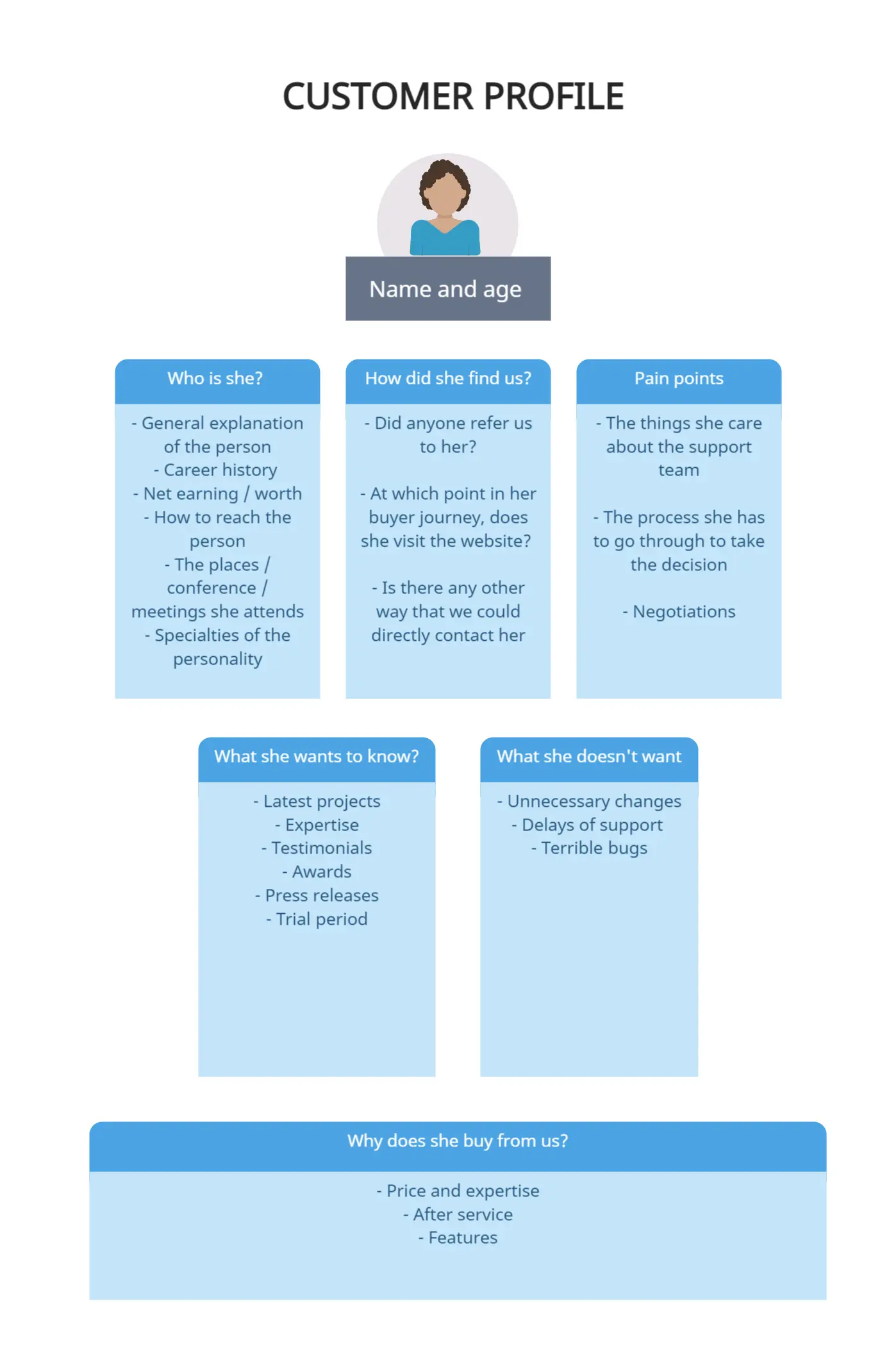
Perceptual Map
This tool helps you depict and analyze how your (potential) target customer perceives the brands or products of your competitors. It helps you make sense of your product or service’s competitive positioning through the survey data at your hand.
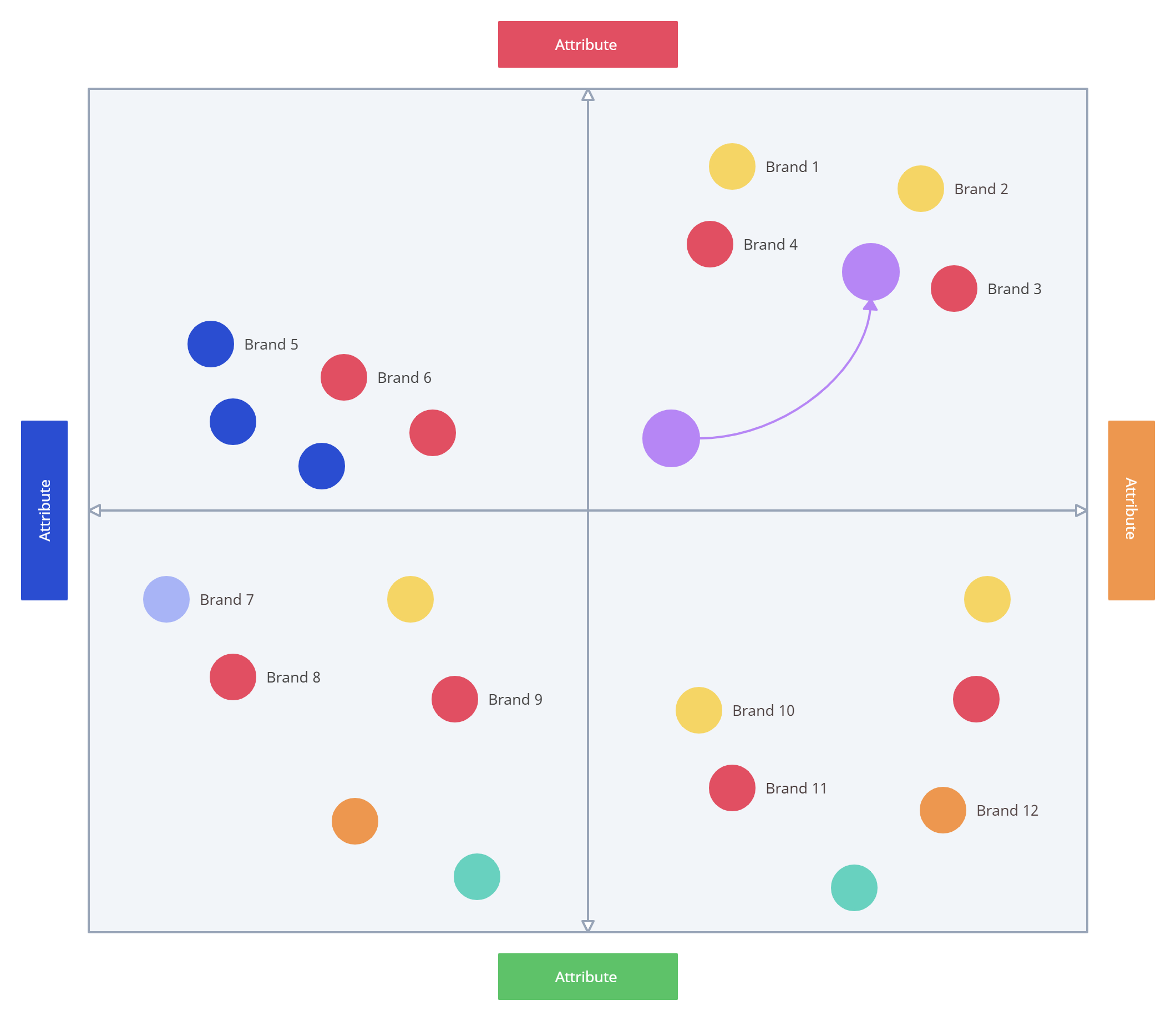
Porter’s Five Forces
This tool is used to assess your business competitive strength and position against your competitors. Using it you can understand whether your new product or service is profitable.
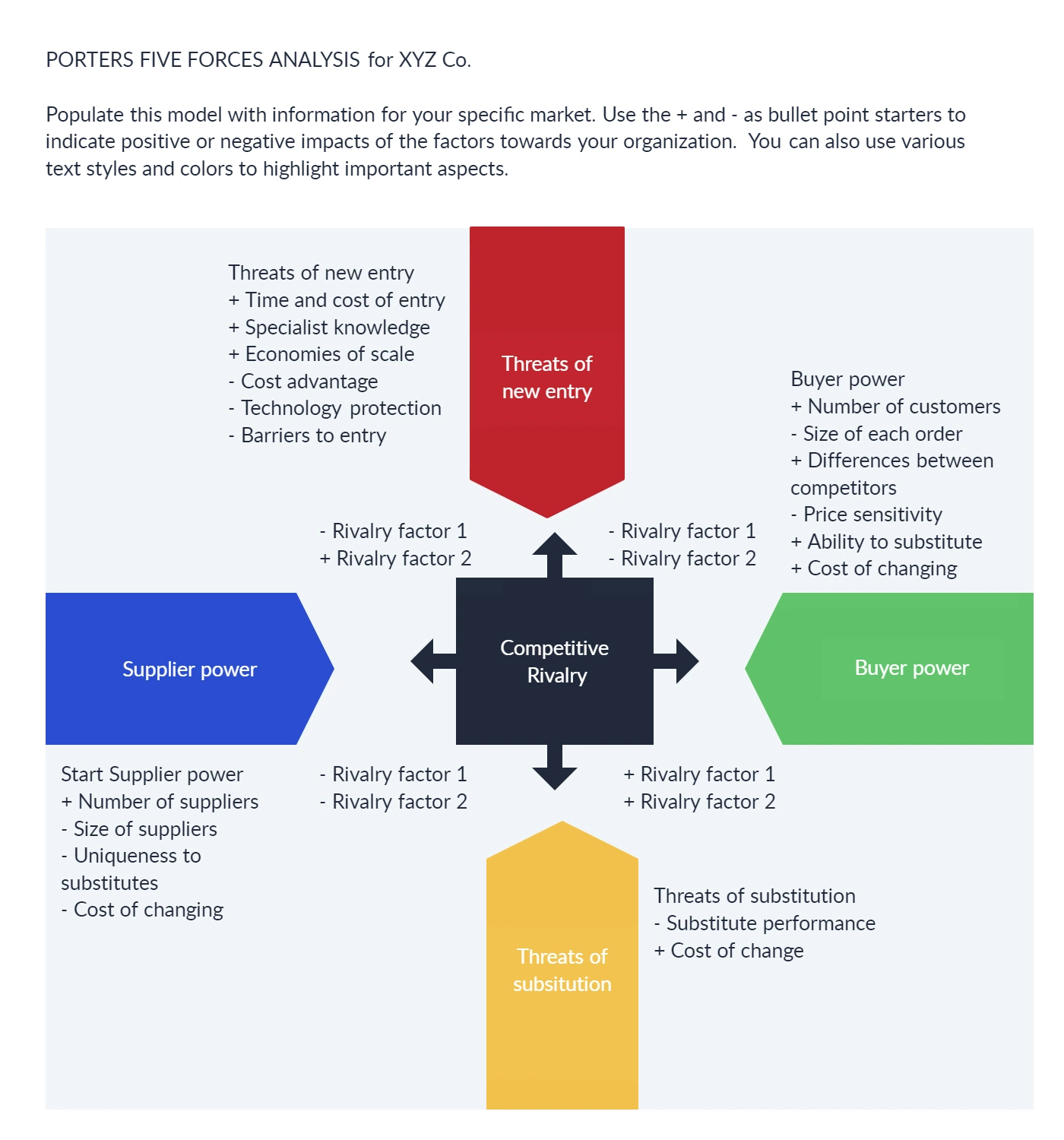
SWOT Analysis
SWOT analysis is a great way to determine the strengths and weaknesses of your competitors and the opportunities and threats they bring to you within the industry. You can also use it to assess the capabilities of your own company.
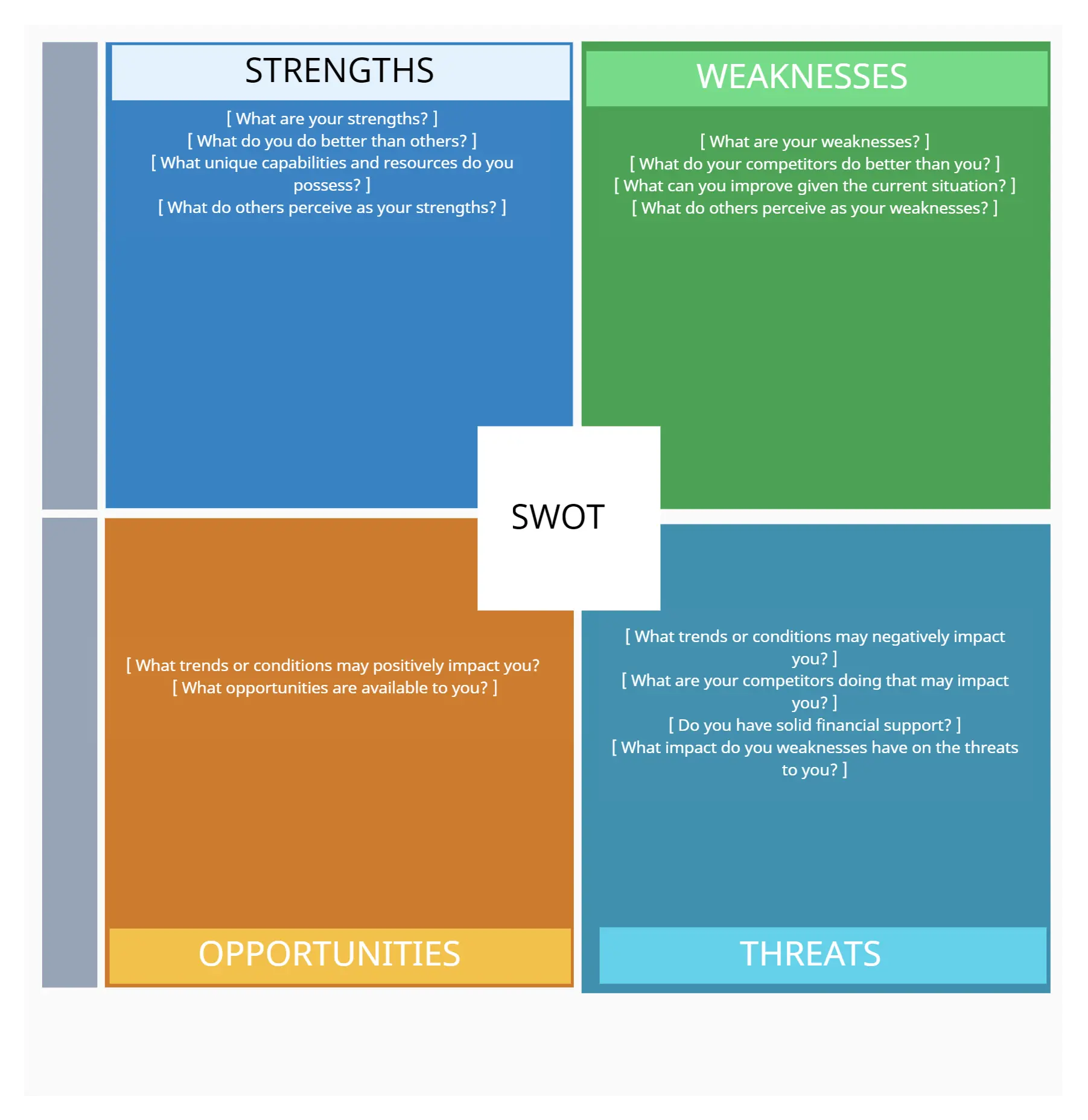
More on SWOT Analysis: What, Why and How to Use Them Effectively
PEST Analysis
PEST stands for Political, Economic, Socio-Cultural and Technological factors. It’s a great way to examine how the external forces in your market can impact your company. It will also help you shape your marketing strategy and develop your risk management plan.
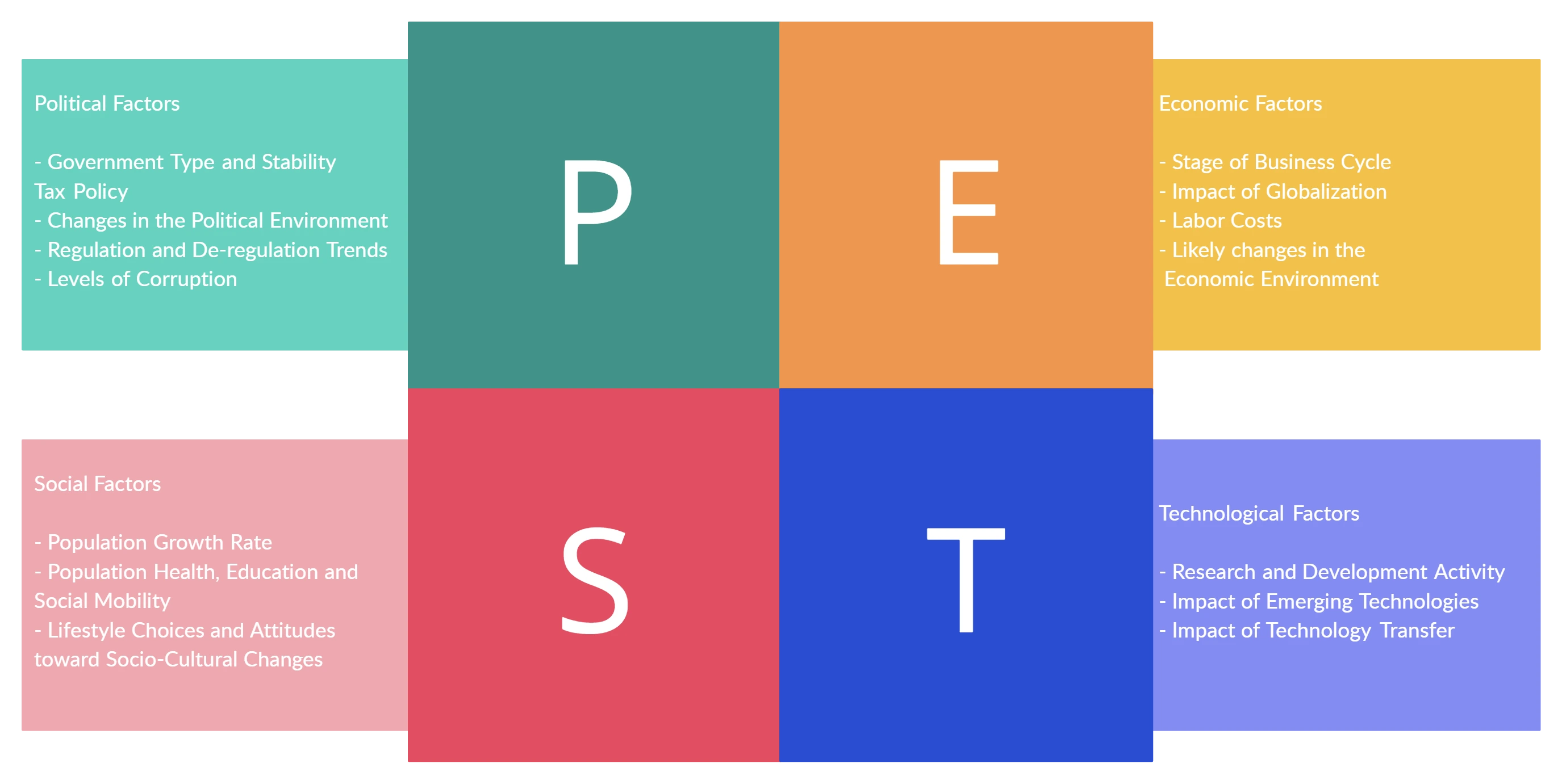
View More More on SWOT Analysis: PEST Analysis Tools
Competitor Profile
All the details you have gathered on your competitors, such as their sales numbers, strategies, partners, suppliers etc. can be organized here. It’s a great way to prepare your competitor analysis data to be added to your business plan presentation.
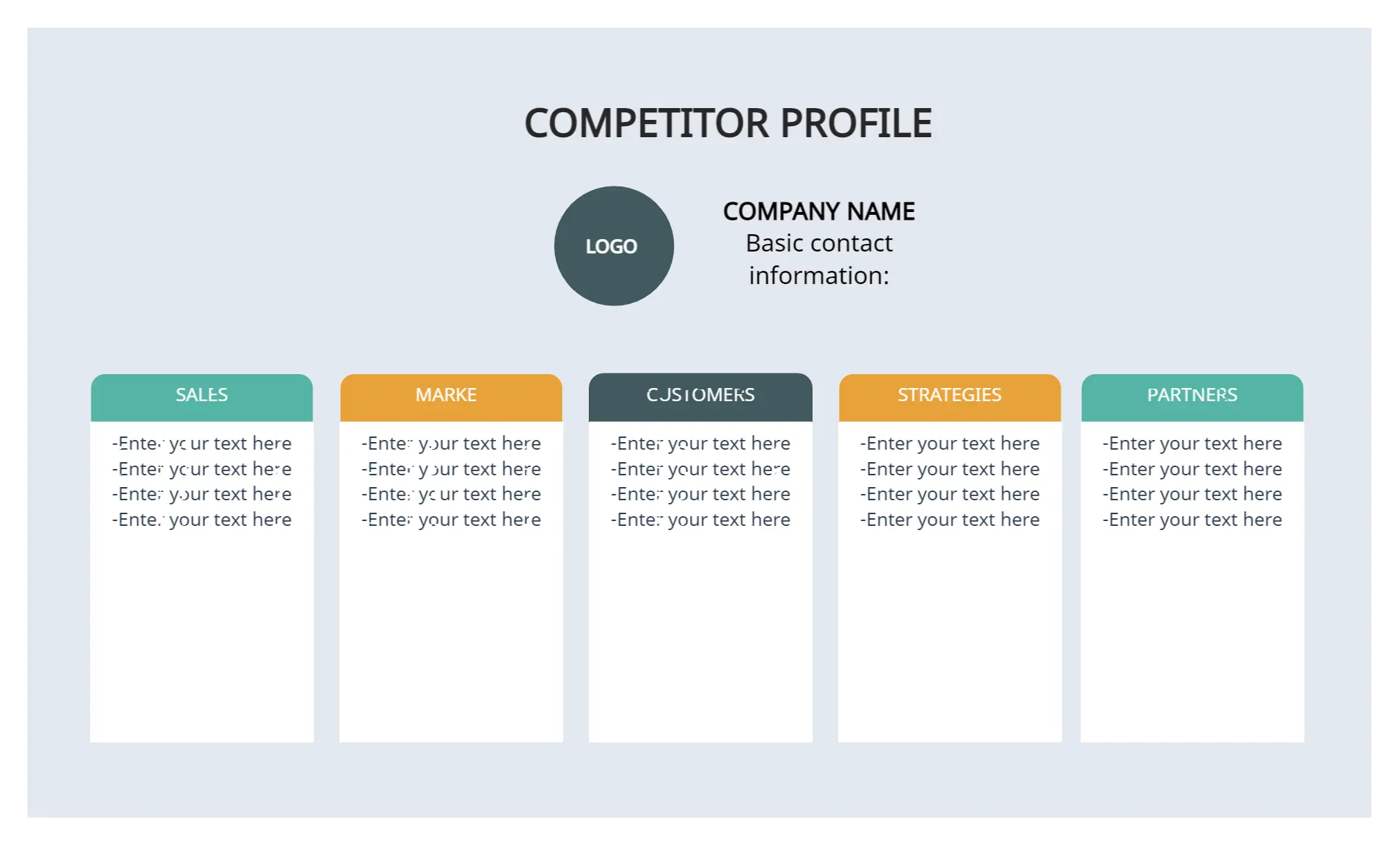
View More Competitor Analysis Tools
Competitive Intelligence Mind Map
Or you can convey these data in a mind map. You can use Creately Viewer to add this to your online documents, websites, intranet, Wiki, or business plan presentations. This way you can view any links included in the mind map and navigate through it easily.
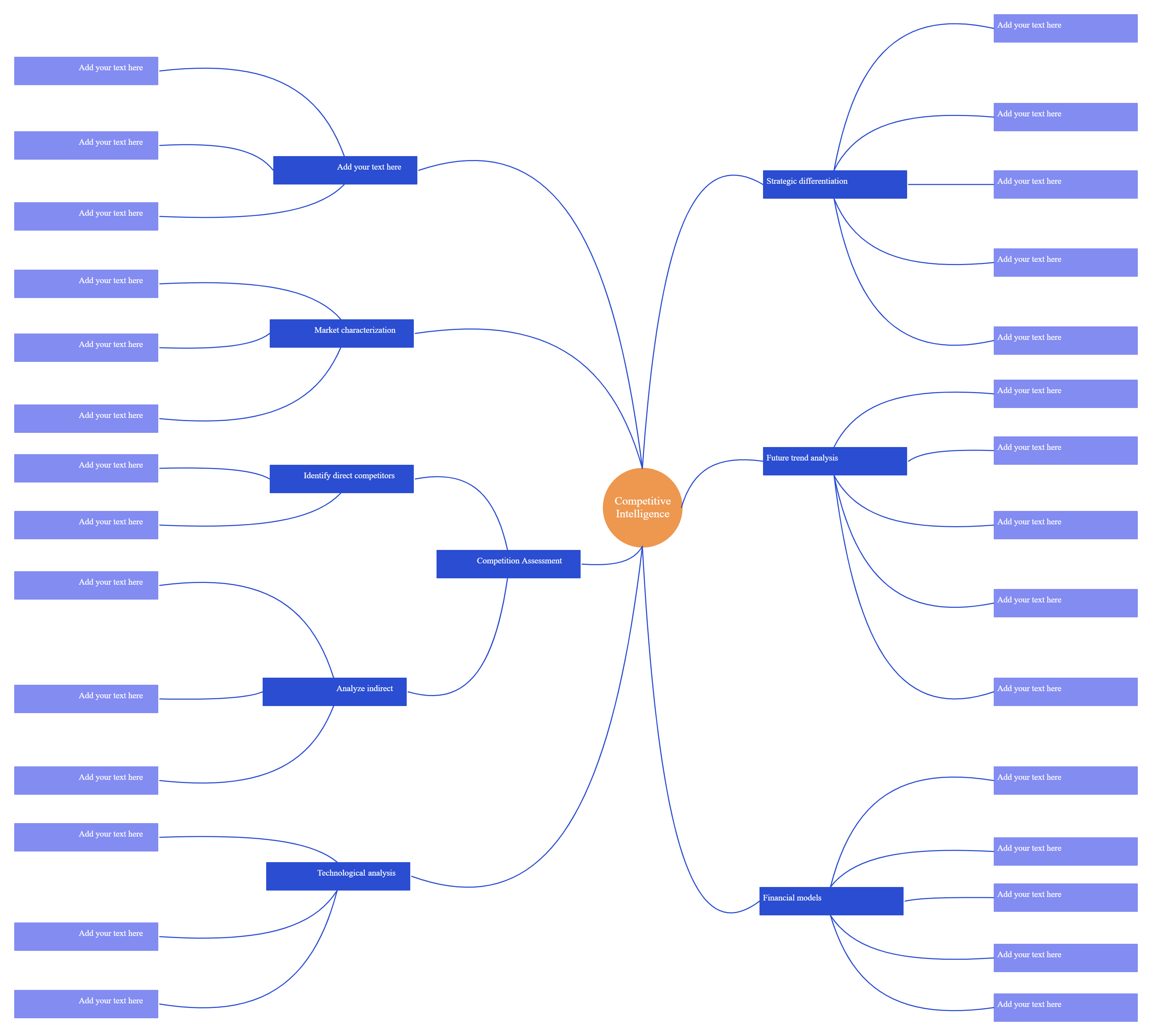
You can learn how to use these tools along with other useful techniques in more detail in;
View More Market Strategy Planning Tools
Marketing and Sales Strategies
This is where you outline how you plan to market and sell your product. It’s easier to do now as you have extensive knowledge about your market, target customer and your competitors.
With your marketing strategy, you have to consider factors like your marketing or communication channels, marketing goals, marketing budgets, resources etc.
With your sales plan, pay attention to your sales targets, sales tools, resources etc.
You can use mind maps to visualize all this data to your audience. You can either use two mind maps to outline your sales and marketing strategies separately or a single mind map to showcase both.
Marketing and Sales Plan Template

If you want separate a marketing plan and sales plan, check out the templates below,
- Marketing Plan Template for Business Plan Presentation
- Sales Plan Template for Business Plan Presentation
Organizational Structure and Management
Who are the key personnel involved in your organization? List them down in this section along with their expertise.
Use an organizational chart to represent your team, their roles and skills. It can help you highlight the hierarchy of your organizational structure as well.
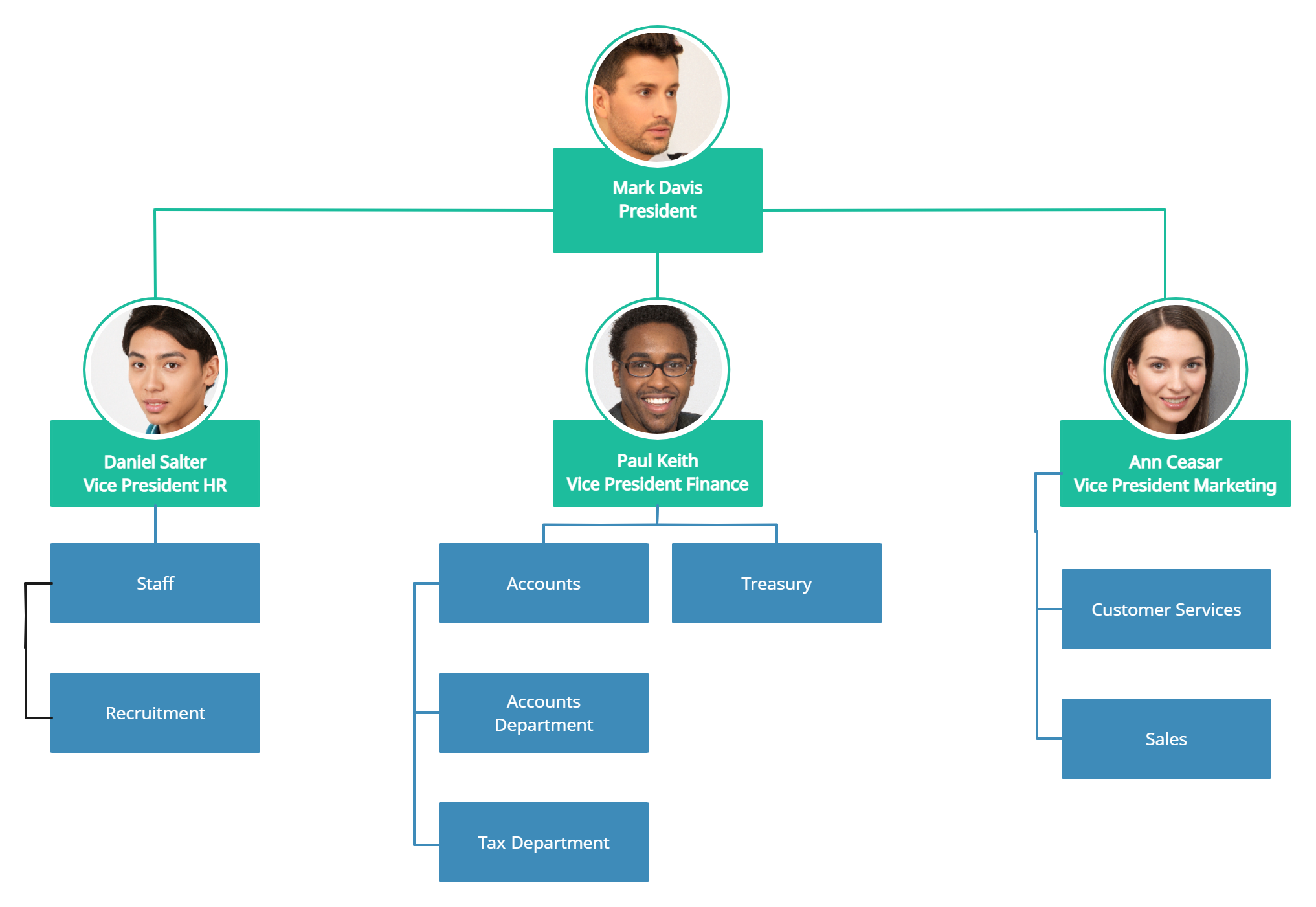
Services and Products
This section explains your services or products and how they can benefit the customers. Here are some visualizations you can use to make this section more interesting to your audience.
Product Canvas
Product canvas is a tool used to map, design and describe your product strategy. It takes into consideration your target audience, the important features of your product decided by storyboards, epics, design sketches, mockups, and the tasks you need to carry out to build the product.
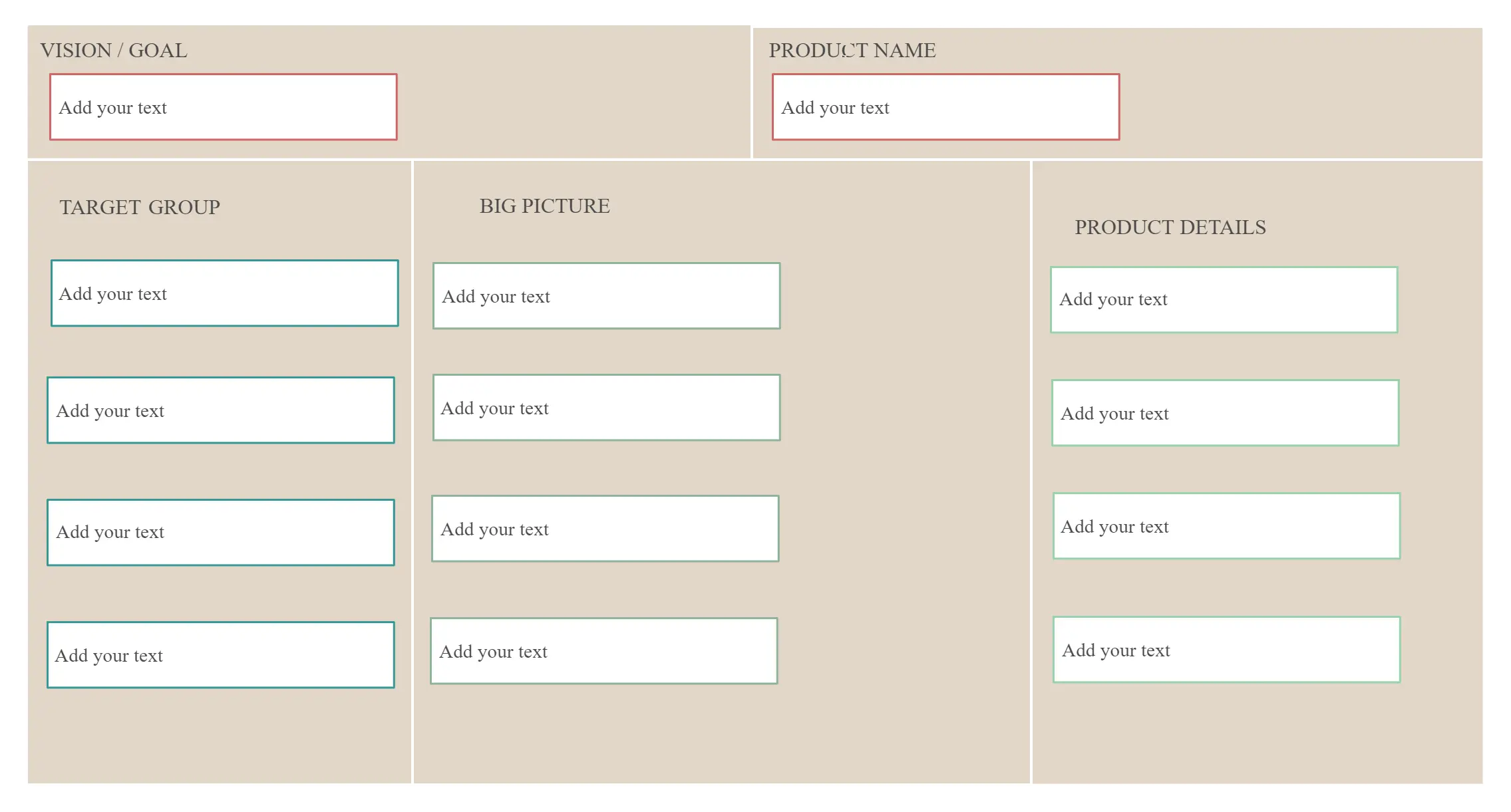
Learn about this in more detail here.
Value Proposition Canvas
It’s a tool you can use to ensure that your product or service fits the requirements of your customer. It helps you look into
- The value you can deliver to the customer via your product or service
- Which customer problems/s that you are trying to solve
- Which is the job that your product helps the customer to finish
- Which customer needs you are satisfying
- What are the different products you are offering to each customer segment
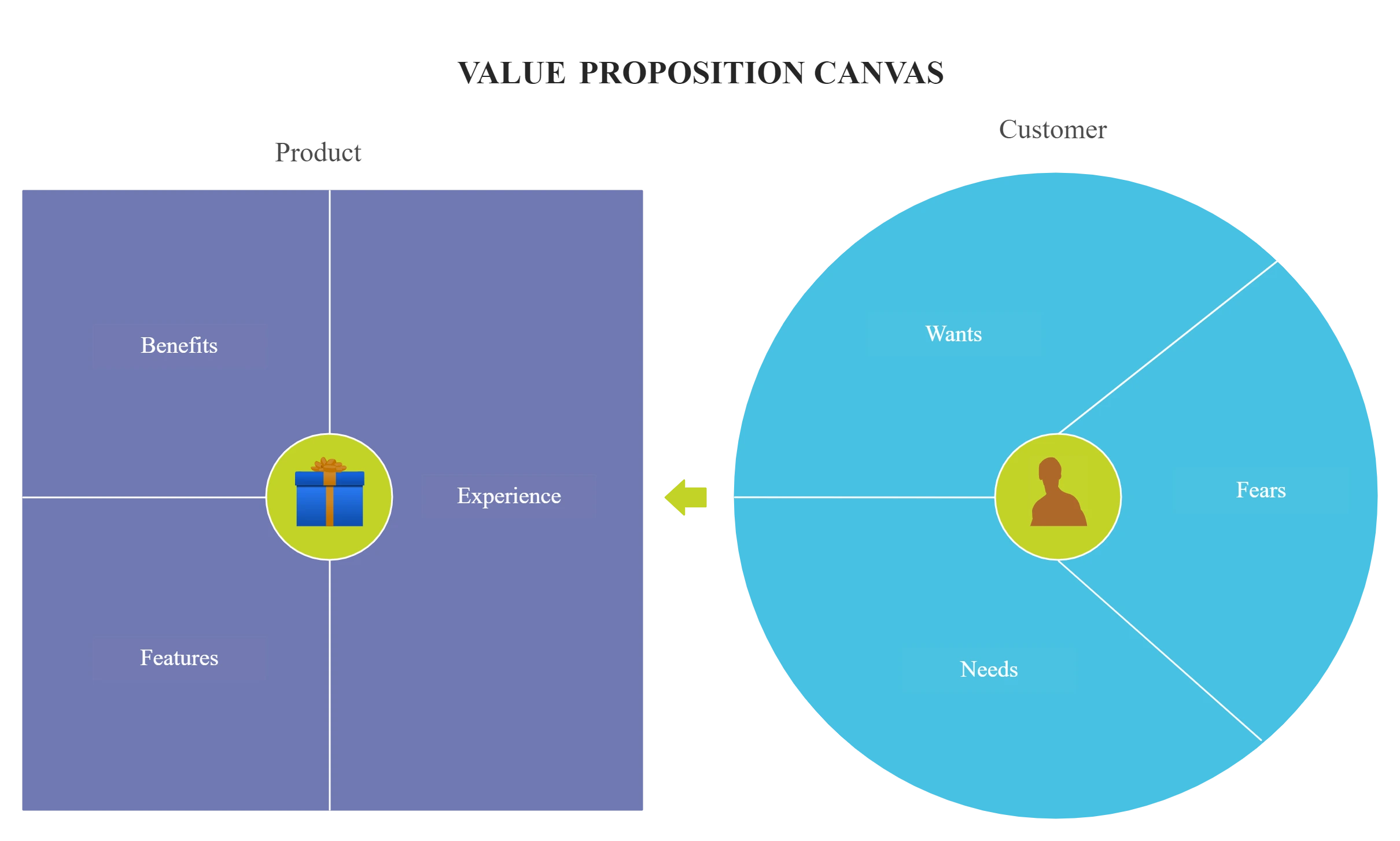
Financial Plan
This is the section where you provide all financial information related to your business. This section is required if you are presenting your business plan to investors.
It will include both historical data such as cash flow statements,profit and loss statements, income statements etc. and financial projections based on the impact of your new product.
If you are pitching a new product to your investors, you may also want to include your funding requirements.
For a business plan presentation, you can use a digital database of your financial information with a simple Creately mind map. You can link up all your financial statements on your mind map.
This way anyone who refers to the mind map can easily access the linked resources from one single place.
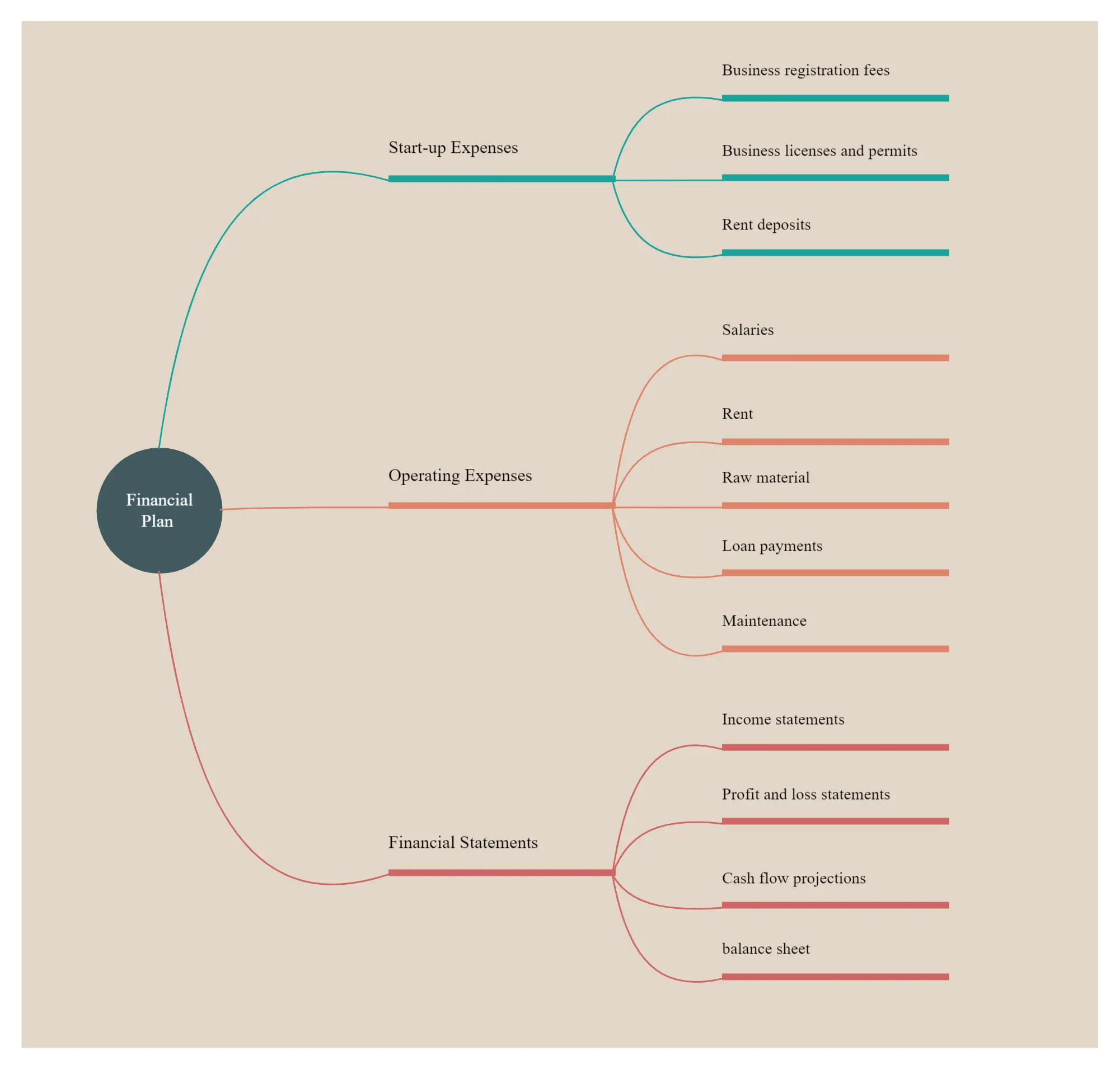
Common Mistakes to Avoid When Creating a Business Plan Presentation
Overloading with Information
One of the most common mistakes is including too much information on each slide. This overwhelms the audience and makes it difficult for them to follow along. Keep your slides concise and focused on key points. Use bullet points or visuals to convey information effectively.
Lack of Visual Appeal
A presentation that lacks visual appeal can fail to engage the audience. Avoid using too much text and opt for visually appealing elements such as images, graphs, and charts. Use a consistent color scheme and fonts that are easy to read. Make sure your visuals support your message rather than distract from it.
Ignoring the Audience’s Needs
It’s essential to consider the needs and interests of your audience when creating a presentation. Tailor your content to address their concerns and provide relevant information. Avoid using jargon or technical terms that your audience may not understand. Focus on presenting the most compelling aspects of your business plan that align with their interests.
Lack of Practice and Rehearsal
Presenting a business plan without sufficient practice and rehearsal can lead to a lack of confidence and a disjointed delivery. Practice your presentation multiple times to become familiar with the content, timing, and transitions. Rehearse in front of a mirror or a small audience to receive feedback and improve your delivery.
By avoiding these common mistakes, you can create a compelling and effective presentation that effectively communicates your business plan to your audience.
Want to Extend the Guide to Creating a Business Plan Presentation
In this post we have explained how to create a business plan presentation step-by-step. Make use of the templates that are provided to make your presentation more eye-catching and easy-to-understand.
Here are some more tips on making your presentation a hit.
Jazz Up Your Presentation: 6 Ways to Put an End to Ugly Charts and Graphs How Not To Ruin Your Business PresentationJoin over thousands of organizations that use Creately to brainstorm, plan, analyze, and execute their projects successfully.





